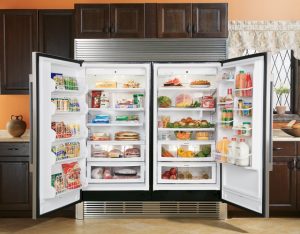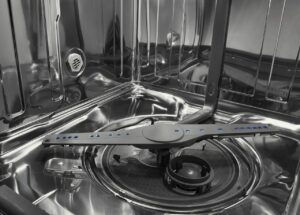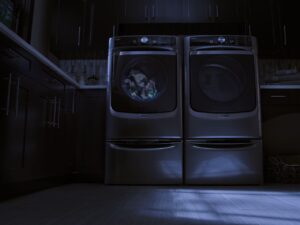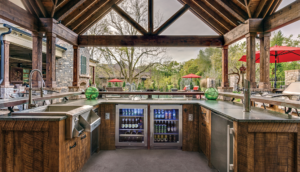Do You Really Need to Set Your Freezer to 0º?

Refrigerator and freezer temperatures can be tricky. Often the first sign that your appliance is malfunctioning is that it doesn’t seem to be cool enough. With many homeowners now focused on saving energy and having a greener home, is it really necessary to set your freezer to 0º?
The FDA Stance
According to the FDA, refrigerators should be set at or below 40º, while freezers should remain at 0º. Even energy conservation groups and sites adhere to this, with many advocating that while a refrigerator set 10º colder than necessary could be using 25 percent more energy, the appliance should be kept at 35 to 38º. So, with so many legitimate sources promoting the 0º stance, is there still reason to consider otherwise?
There have been articles in the media that suggest that it is okay to adjust the temperature of both the refrigerator and freezer while keeping your food safe. In fact, when you look back at studies conducted in the 1940’s, 50’s and 60’s, these temperatures were brought in to maintain food safety in the appliances of those eras. The temperature of 40º was chosen for refrigerators to minimize the potential for bacterial growth. This number continues to be important in the food industry today, even with the flash freezing and newer technologies today.
Freezing temperatures are a little more complicated. There is a science behind obtaining the best temperature to slow or stop enzymes while preserving nutrients. Enzymes are responsible for the ripening and eventual rotting of fruits and vegetables. In the above mentioned studies, 0º was declared the optimum.
Refrigerator Considerations
There are several reasons why it may be a good idea to keep your refrigerator set at approximately 34º. According to Safety Sunday, higher refrigerator temperatures create less of a buffer zone when the door is repeatedly opened by overactive kids, or there is a power outage. Additionally, since most people don’t have the food turnover of a commercial kitchen, you need to make sure that your produce remains good. For example, while a restaurant may go through dozens of eggs in a day, it can take some families several weeks to go through just one dozen. Additionally, commercial kitchens have food delivered in refrigerated trucks, so we need our refrigerators to cool food back down after transit.
Another consideration is that newer refrigerators can keep the proper temperature of the whole temperature better, while allowing a slightly higher temperature in special drawers, so you can keep your fruit and vegetables in optimum conditions.
Freezer Considerations
One of the first things to consider is that 32º does not mean that everything will freeze or be frozen. While a BTU is a measurement of the energy required to cool or heat a pound of water, this applies before it phase changes. To transform a liquid into a frozen solid, it needs to lose an additional 144 BTUs. Additionally, the level of salt plays a role in the freezing temperature. Saltwater freezes at varying temperatures depending on the salinity or sodium level.
A great example of this is ice cream. Most of us have experienced having difficulty scooping ice cream as it is frozen solid. Soft scoop-able ice cream is actually achieved at between 0 and 5º.
The potential drawback of raising your freezer temperature is that storage times may be affected. According to studies, for each 5º above 0º, the recommended storage time will be reduced by half. You can negate this by having a separate chest freezer for long-term storage, while frequently used items are kept in your regular freezer.
Unless some new research comes to light, it is recommended to stick to the 0º rule for your freezer, and if your appliance is struggling to maintain this, it may be time for an upgrade.
If you’re considering a new refrigerator or freezer, you can explore the options with this online collection or speak to a home appliance professional for expert guidance.
- Choosing Between a Plastic and a Stainless Steel Dishwasher Tub
- Steam Dryers: Efficient, Gentle, and Wrinkle-Free Laundry Solution
- Benefits of a Smart Washing Machine
- Beverage Stations: Elevating Your Kitchen with the Latest Trend
- New Ways to Design Your Kitchen in 2024
- Should You Choose a Column Refrigerator?
- The Benefits of an Outdoor Pizza Oven
- Should You Choose a Freestanding or Slide-In Range?
- Understanding Microwave Wattage
- Standard or Pro Ranges: Which One is Best for Your Home?






